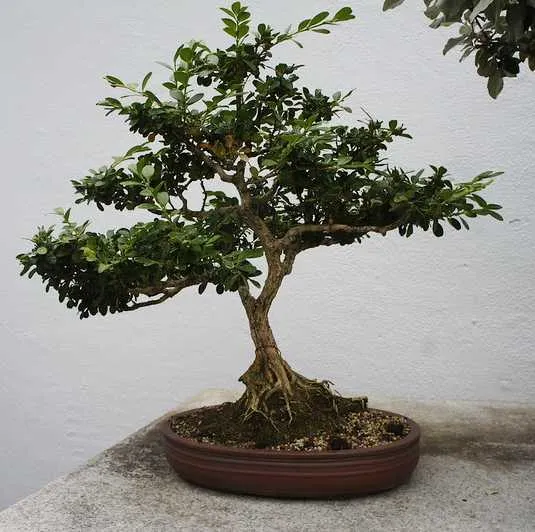So you have been watering your bonsai for a while now and you feel like you have this watering thing down, but the tree still does not look healthy. In fact, it looks worse than when you first got it. What is going on? Well, you are probably overwatering your bonsai.
Overwatering is a very common cause of bonsai tree death. And in this article, we are going to break down the symptoms of overwatering and how you can bring your tree back to health.
We’ll cover how to re-water properly, check your soil, and some preventative measures that you can take to avoid this situation from happening again.
Understanding your bonsai tree is key to helping it thrive and live long.
Signs of OverWatering:
Some of the signs of overwatering are brown coloration in leaves, yellow and gray coloring, whitish moldy growth on both the soil and the tree itself, poor growth, withering or yellowing, and leaf drop.
Sometimes these signs can occur over time and can be hard to spot if you do not know what to look for.
What makes over-watering particularly dangerous is that the symptoms are similar to under-watering.
Dangers of Overwatering:
Overwatering can cause a lot of problems for your bonsai tree, especially if you don’t notice it right away.
It slowly rots the roots, and the roots become weak and do not function properly.
Root rot occurs when the roots hold too much water and don’t get enough oxygen, which in turn causes them to decompose, leading to root rot. This can happen very quickly in soggy soil.
Root rot will eventually kill the roots, leaving them unable to absorb nutrients and water from the soil. As a result, the leaves on the branches become starved of moisture causing them to turn yellow, die and fall off.
If left untreated, root rot will kill an entire tree within a few days or weeks.

What You Can Do:
So you think you overwatered your bonsai tree? It’s not uncommon for new bonsai enthusiasts to make this mistake. The good news is that with a little effort and care, most trees can be saved and restored to good health.
Over-watering doesn’t happen quickly; it is a slow degenerative issue. The sooner you detect the problem issue easier it will be to save the tree.
The first step to saving your tree is to move it out of the pot and repot it.
Change the watering schedule for your bonsai tree. If it was getting watered daily, cut that down to twice a week and allow the soil to dry out between waterings. Decreasing the amount of water will allow oxygen back into the root.
How to Water A Bonsai Properly:
When it comes to watering your bonsai, it’s important to keep an eye on the soil.
A quick check for proper watering is to stick your finger about an inch into the soil near the trunk once a week. If your finger feels moist then you know your tree doesn’t need water yet.
If it’s dry give your tree light water and let the soil re-moisten before checking again. You can also use a moisture meter. It works by measuring the moisture levels in the soil.
you will find a detailed guide on how to water a bonsai tree in this post.
Conclusion:
You can bring your tree back to health. Watering your tree correctly will help prevent overwatering and will make sure that your tree stays healthy and strong.
I am sure after reading this post, you’ll be able to continue growing a beautiful tree and save any dying bonsai, and nurse it back to health.